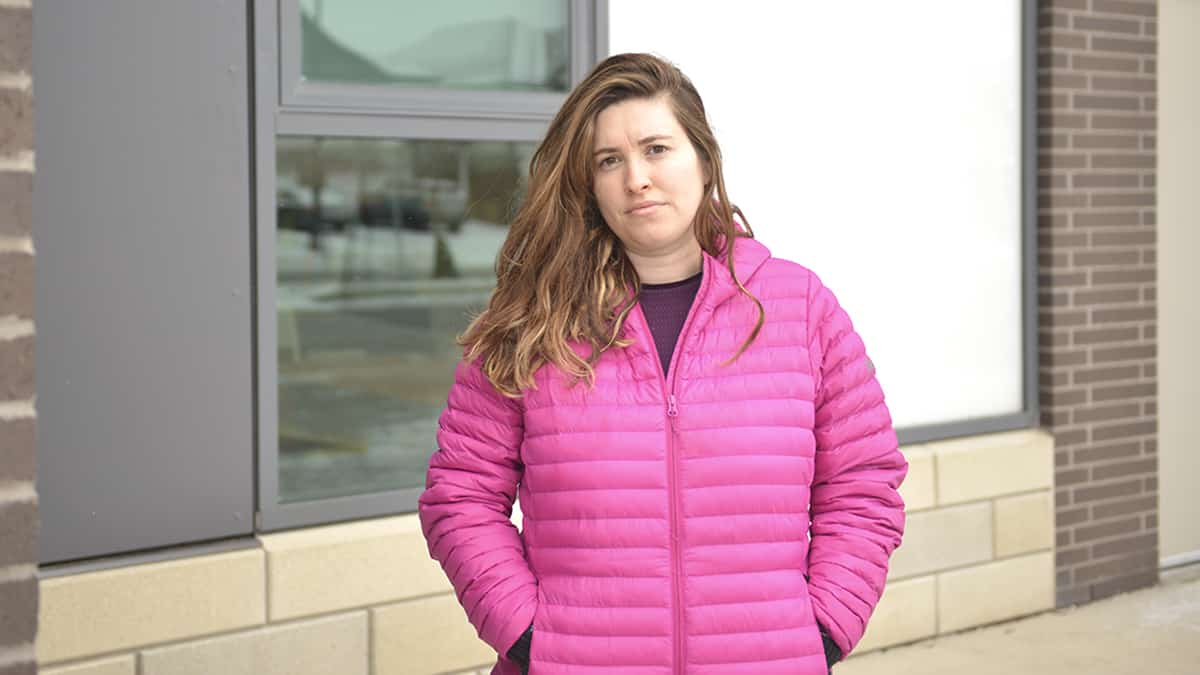Even as the Region of Waterloo was moving into the third stage (orange) of the province’s new coronavirus staging program, the number of new cases had it on pace to move into the “red” category, with even more restrictions to help slow the spread of the virus.
“We are in a serious situation in Waterloo Region, the spread of COVID-19 has escalated rapidly our power supply we are speeding fully into the red zone. If we do not make major changes now, we will continue towards the lockdown zone,” said medical officer of health Dr. Hsiu-Li Wang in a briefing on Monday.
The severity of the recent surge prompted Wang and her team at the local public unit to encourage people once again to reduce their social contacts.
“We need to dramatically reduce our social interactions. What do I mean by that? Two things. One, we need to stay home and only go out for essential purposes: school, getting groceries, keeping a medical appointment or getting essential physical exercise outdoors. But two, we need to limit our social interactions to only those within our own households, which can include one or two essential caregivers or essential supports for someone who is living alone,” she said.
“Our trajectory is already in motion like that of a speeding train, towards the red zone and beyond,” she stressed in calling for immediate changes in public behaviour to avoid exponential growth in an already increasing caseload.
At midweek, there were 354 active cases of COVID-19 in the region, up more than 50 per cent from just a week earlier. Officials were tracking outbreaks in 23 locations, just three in long-term care homes, with most in workplace settings.
While there have been no fatalities in the past week, and only one in the past couple of months, the increase in cases will put a strain on the healthcare system.
“An increase in deaths will start to follow. Rising case rates are only the tip of the iceberg. What we see first when a large number of cases appear in multiple settings, this leads to multiple clusters and outbreaks in various settings. Which leads to further cases in even more settings, which leads to even more clusters and outbreaks,” said Wang. “This is what COVID is like: it can accelerate and it has accelerated exponentially in our region.”
Unchecked, the numbers will see the region categorized as a “red” zone, bringing more limitations on a range of gatherings, business operations and recreation options, for instance.
The region has also asked the province for contact-tracing assistance.
“With each case and outbreak, we are seeing a very high number of contacts that require hours of contact tracing by public health officials. We can’t do this alone, we need all levels of government’s assistance to increase our contact tracing capacity,” said regional Chair Karen Redman, noting there will be more focus on enforcement, as well.
“We’ve seen too many outbreaks at employee settings where COVID is spreading from worker to worker. We need stronger compliance by workplaces to enforce the requirements of wearing masks, socially distancing where possible, hand washing and staying home with any symptoms. I have instructed staff to increase our enforcement efforts.”









